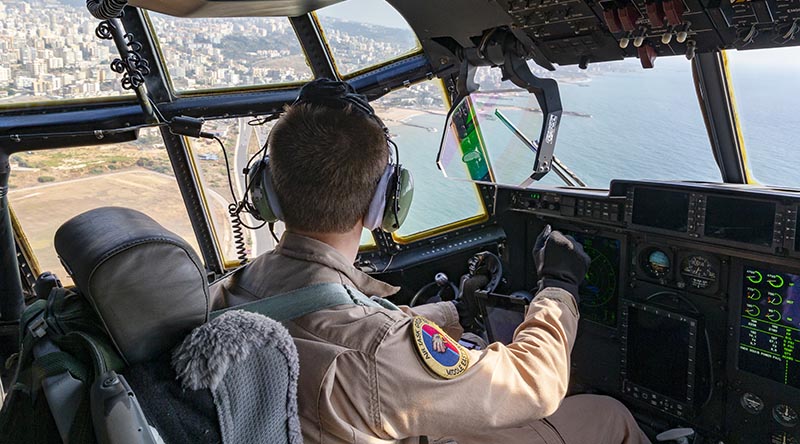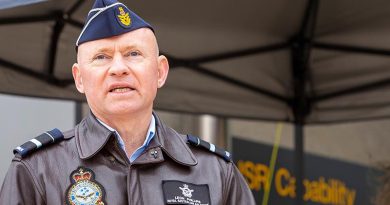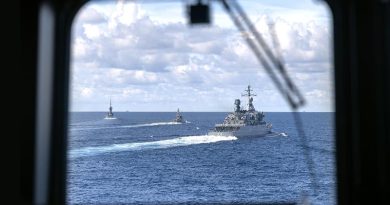ADF aid to Beirut after blast

A small team of ADF personnel already based in the Middle East deployed to Beirut on 5 August to help the Australian embassy with communications and medical support – followed by an emergency stores flight on 14 August.
CAPTION: A Royal Australian Air Force pilot look over Beirut from the flight deck of his C-130J Hercules loaded with Australian aid relief supplies for the people of Lebanon. Photo by Corporal Tristan Kennedy.
Aid-mission co-pilot Flying Officer David Campbell said it was rewarding being able to help deliver aid in Lebanon’s time of need.
“On approach into Beirut, it was obvious to the crew looking out the window the immediate blast area was pretty devastated, including the surrounds up to 4 or 5 kilometres away,” Flying Officer Campbell said.
“Given the number of people who were displaced by the blast, the priority was getting blankets and a mixture of logistical supplies and construction supplies into the country, so they can start to rebuild.
“We were very glad for the opportunity to deliver the aid.
“For us, that was a very fulfilling mission.”
An Air Force C-130J Hercules and crew delivered the Australian Aid stores, included pallets of emergency-shelter tool kits, tarps, tents, blankets and jerry cans, upon request from DFAT.
Australia’s Ambassador to Lebanon Rebekah Grindlay said Australia’s help was greatly appreciated.
“An estimated 300,000 people lost their homes in the blast, including 80,000 children,” Ms Grindlay said.
“This shelter today will give them somewhere to live.
“Thank you to the Australian community who have expressed their horror and love for Lebanon during this time.
“Also to both the ADF personnel and DFAT, including my own staff, many of whom lost their own homes in the blast and several of whom are wounded.
“There are 200,000 or more people in Australia with links to Lebanon.
“We have stood by you for generations and we will stand by you through this.”
.
.
.
.
.
.

.
.





